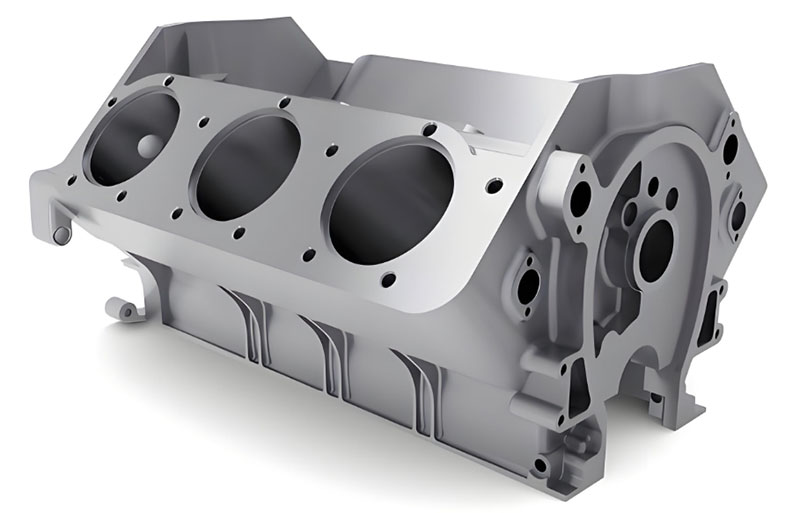Nickel based high-temperature alloys are widely used, and iron-based high-temperature alloys and drill based high-temperature alloys also have certain applications. All high-temperature alloys contain multiple alloying elements, sometimes up to dozens of them. These alloying elements will produce alloy strengthening.
Alloy strengthening: Various alloying elements added interact with the matrix elements (nickel, iron, or cobalt) to produce a strengthening effect:
Solid solution strengthening of high-temperature alloys
From a physical essence analysis, austenite solid solution strengthening is related to the following factors: (1) the effect of distorted elastic stress field caused by the different sizes of solvent atoms and solute atoms. (2) The strengthening effect caused by the difference in elastic modulus between solvent and solute atoms. (3) Non uniformly distributed solid solution strengthening caused by electrostatic interaction. (4) Non uniformly distributed solid solution strengthening caused by chemical interactions. (5) Solid solution strengthening caused by short-range ordered atomic distribution.

Second phase strengthening of high-temperature alloys
The second phase strengthening of high-temperature alloys can be divided into aging precipitation strengthening, casting second phase skeleton strengthening, and dispersed particle strengthening. The aging precipitation strengthening mainly refers to the aging precipitation strengthening of γ ‘(Ni3A1Ti), γ’ ‘(NixNb) or carbides. Dispersion strengthening mainly refers to the strengthening of oxidized material points or other compound particles. Cobalt based casting alloys often have carbide skeleton strengthening.
Grain boundary strengthening of high-temperature alloys
During high-temperature deformation, the regularity of atomic arrangement in the grain boundary region is disrupted, resulting in various crystal defects. Therefore, grain boundaries are obstacles to dislocation movement under low-temperature deformation conditions, leading to refinement and strengthening. But when the temperature increases and the strain rate decreases, the hindering effect of grain boundaries on dislocation movement decreases, and the accumulated dislocations in the grain boundary region are prone to interact with grain boundary defects and disappear, resulting in grain boundary sliding and migration. Grain boundary sliding refers to the direct participation of grain boundaries in deformation, and sometimes the deformation of grain boundaries can account for more than 50% of the total deformation. In this way, grain boundaries become weak links under high-temperature deformation conditions.
